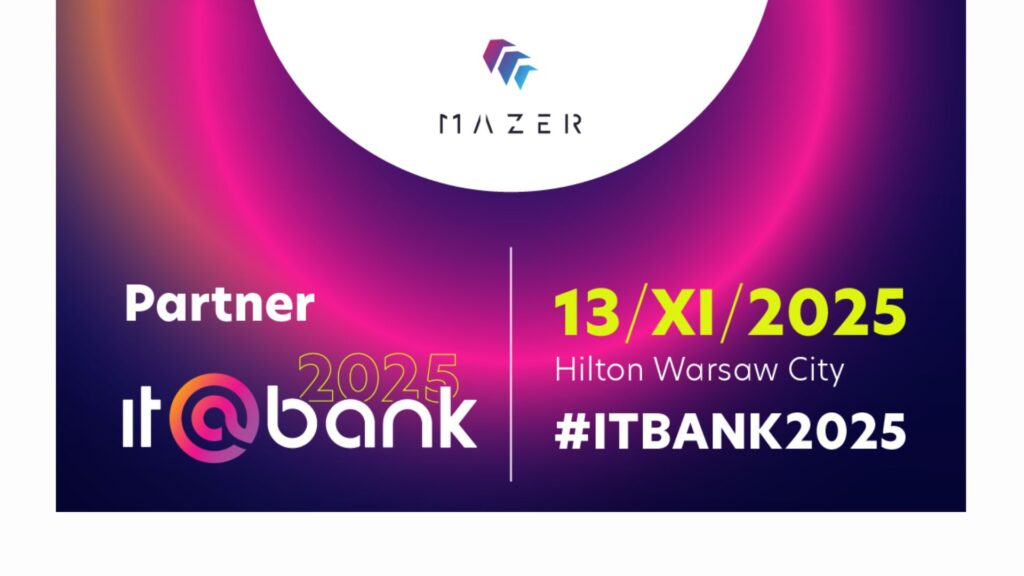The Metaverse and NFTs: What are they and how do they work?
Table of Contents:
Our world is changing. An obvious statement, but is it about to undergo a revolutionary paradigm shift? With the advent of the metaverse, this is quite possible. Most changes these days bring with them new technologies which just a few years ago no one could have imagined. Often, they can be difficult to understand and, occasionally, so alien that some struggle to adapt. The NFT or non-fungible token could have such an effect. If you’ve heard anything about the metaverse, it’s likely that you’ll also have heard of NFTs. But what are they, and how will they fit into the new frontier of metaverse business? At XR Wizards, we believe that it’s important to understand and adapt to such new technologies, which is why we have developed our Mazer platform to take advantage of metaverse solutions. In this Mazer blog post, we will take you through some of the answers to the above questions to help you make sense of this new world.
What are NFTs?
NFT stands for non-fungible token – a phrase that sounds so strange that it immediately puts some people off. But it shouldn’t. At their core, NFTs are simply digital tokens which act as proof of ownership for digital assets. Each one is a unique piece of data that is permanently connected to a digital object with an individual identity that makes it distinct from all other tokens. Like the chips that we put into our pets to prove that we own them, no matter where they are, NFTs track ownership of a digital product wherever it may be in the digital world. Therefore, unlike fungible assets such as money, which can be interchanged (for example by swapping two £10 notes for one £20 note), NFTs have unique properties, meaning that they are non-interchangeable.
NFTs can therefore counteract the ability to duplicate digital files indefinitely, making it possible to buy and sell them as one-of-a-kind, collectible items. And, although in some sense digital assets can simply be copied and stolen, as long as the owner has the NFT, this proves that they own the original work. Beyond this, a record of who owns each token is kept in the blockchain. This is a kind of digital ledger where records of digital transactions are held securely, and through which the true owner of an NFT can always be authenticated. Each record contains a signature, time stamp, and any rules around its resale and is kept in a digital public database which is maintained by thousands of computers that keep track of these transactions, making it intrinsically secure.
How the world of NFTs is developing
This system of establishing their uniqueness is what allows NFTs to be used as proof of ownership for any digital asset, whether it be artwork, virtual experiences, or digital real estate – essentially, any digital item which is unique and can be traded online. This ability has already been used to create value in the world of art, where digital artwork is provided directly as NFTs; in music, where artists such as Kings of Leon have used them to add exclusive content to their releases; in sports, where companies have offered NFT packs of rare sports cards which have been e-signed by the players; and in gaming, where NFTs can be collected in-game or used to create unique skins and other collectibles.
With all of these applications already in place, it’s hardly surprising that the NFT industry has generated serious interest and even more serious amounts of money. NFT marketplaces have seen huge increases in their trading volume over the past two years, with the OpenSea marketplace achieving a larger amount of trade in one single day in August 2021 ($75m) than it did in the whole of 2020. Some individuals have made huge profits from this increase – the artist Beeple sold a single piece for over $69m at auction. And with the possibility to trade such NFTs, it’s possible for investors to make money by reselling the most sought-after ones, with artists able to earn ‘royalties’ on any future sale through the use of smart contracts which can automate agreements to avoid third-party involvement.
Unlock the future with Mazer: Your innovation partner.
NFT in the metaverse
Simply put, the metaverse will be a virtual world which exists alongside the real world. As such, NFTs will be an essential part of this digital space since they are crucial to proving ownership of any digital assets. In fact, if digital assets couldn’t be tokenized in this way, there would be no possibility for reliable trade to occur within this world and therefore metaverse commerce would be unworkable. Imagine you want to sell a piece of virtual real estate. In the real world, proof of ownership will be handled through the exchange and signing of physical contracts, but in the metaverse, digital NFTs will be used to transfer ownership from one user to another. This goes for other products too. The world of play-to-earn games, which is expected to grow within the metaverse, relies on the use of NFTs to distinguish in-game collectibles, which can now be created and traded within the metaverse space. NFTs can even be used to authenticate products in the real world by giving items unique NFT identifiers to help track their movement through the supply chain and verify the materials and components used in each product. Such attributes could also enhance the integration of the real and virtual worlds, which is ultimately what the metaverse is all about.
In this way, NFTs, along with other technologies such as cryptocurrencies, will help to regulate the metaverse. Just as cryptocurrency is a digital version of physical money, NFTs are like a digital version of real-world objects. We can take our physical possessions with us wherever we go in the real world – in the virtual world, this same ability is facilitated by NFTs. As long as there is interoperability within the system, your digital assets can be carried with you between different metaverse spaces with the use of NFTs.
At companies like XR Wizards, who are developing their own metaverse technologies through their Mazer platform, this capability is incredibly important. Their honeycomb-like structure of different metaverse spaces, or Mazer spaces, allows users to move between separate cells each occupied by a separate business so that they can seamlessly travel between different utilities, such as their bank or the doctor’s clinic. All of this can be done with the same avatar and the same digital assets thanks to the existence of NFTs in an interoperable blockchain system. Each avatar, including the clothes and accessories they wear, will be tied to its owner through the use of an NFT so that it can be taken with the user, and the system still knows that it is them. The Mazer platform is, therefore, a great space within which to develop this technology and to make the most of what the metaverse has to offer.
Final thoughts
According to innovation and entrepreneurship expert Elizabeth Strickler, NFT technology has the ability to humanize the metaverse. With its grounding in blockchain technology, it will prevent digital assets from being duplicated or hacked and remove the need for a centralized authority such as a bank to validate transactions. This will allow everyone to fully own their data, revolutionizing how value is created online and how digital data is monetized. All of these things will be essential in the metaverse, facilitating technologies such as XR Wizards’ Mazer spaces and allowing metaverse businesses to grow and find success within this exciting new virtual space.
Read also: Metaverse 101: What Is It, What Will It Look Like, And How Will It Develop
What are NFTs?
NFTs, or non-fungible tokens, are digital tokens serving as proof of ownership for unique digital assets, preventing duplication and enabling the buying and selling of one-of-a-kind items such as digital art, virtual experiences, or digital real estate.
Why are NFTs essential in the metaverse?
In the metaverse, NFTs are crucial for proving ownership of digital assets, facilitating reliable trade within the digital space. They are used in the transfer of ownership for virtual real estate, in-game collectibles, and can even authenticate real-world products.
How do NFTs regulate the metaverse?
NFTs, along with cryptocurrencies, regulate the metaverse by serving as a digital version of real-world objects. They enable interoperability within the system, allowing users to carry their digital assets, including avatars, clothes, and accessories, between different metaverse spaces.
Unlock the future with Mazer: Your innovation partner.

Author: Rafał Siejca
Rafal has over twenty years of corporate experience, including roles at Millennium Bank, Comarch, and leading software teams at PZU, one of Europe’s largest insurance companies. As one of Poland’s few true VR experts with a decade of experience, he ensures timely, high-quality project delivery as CEO and CTO.










